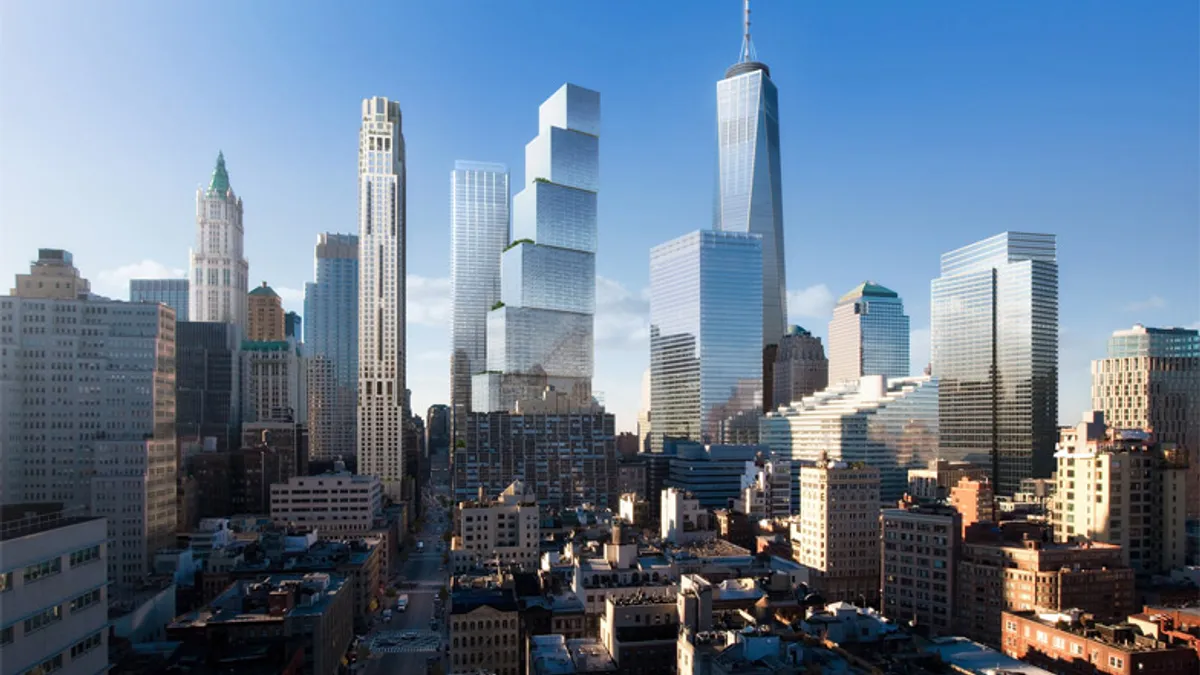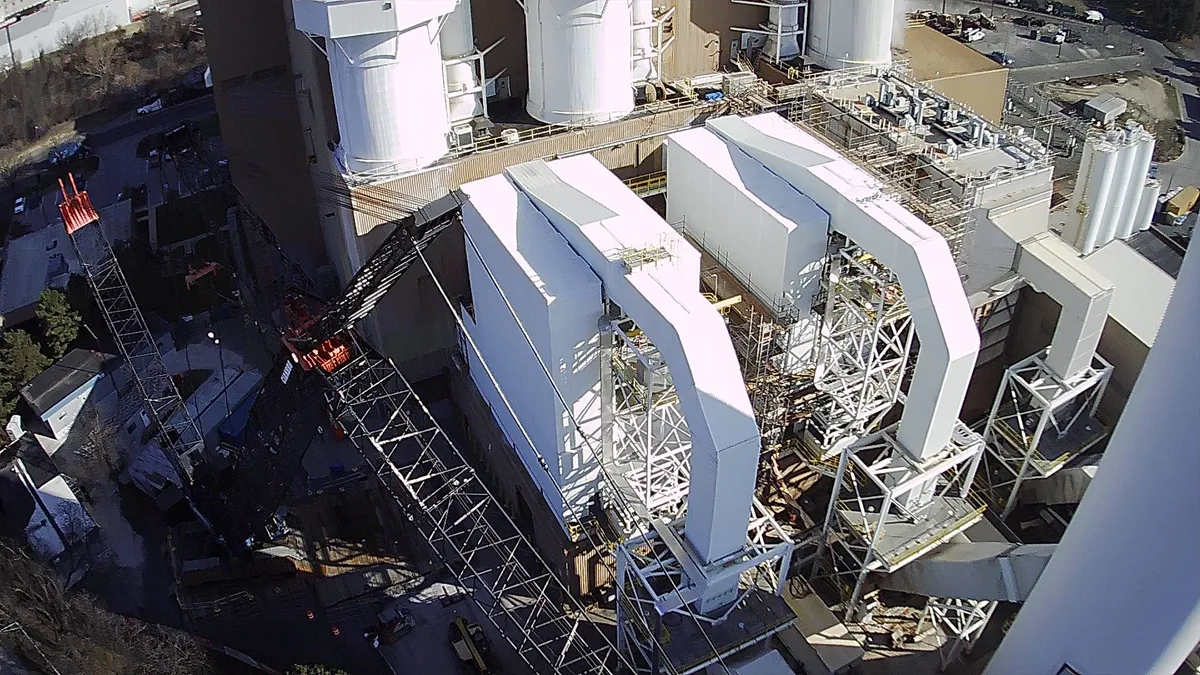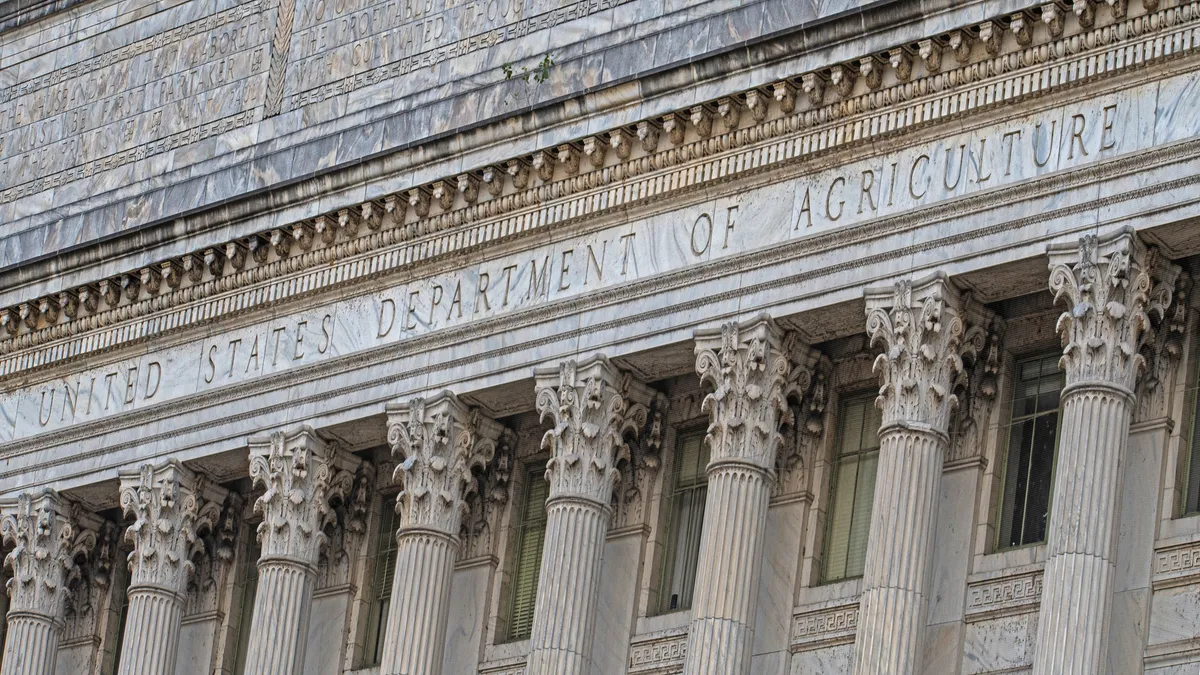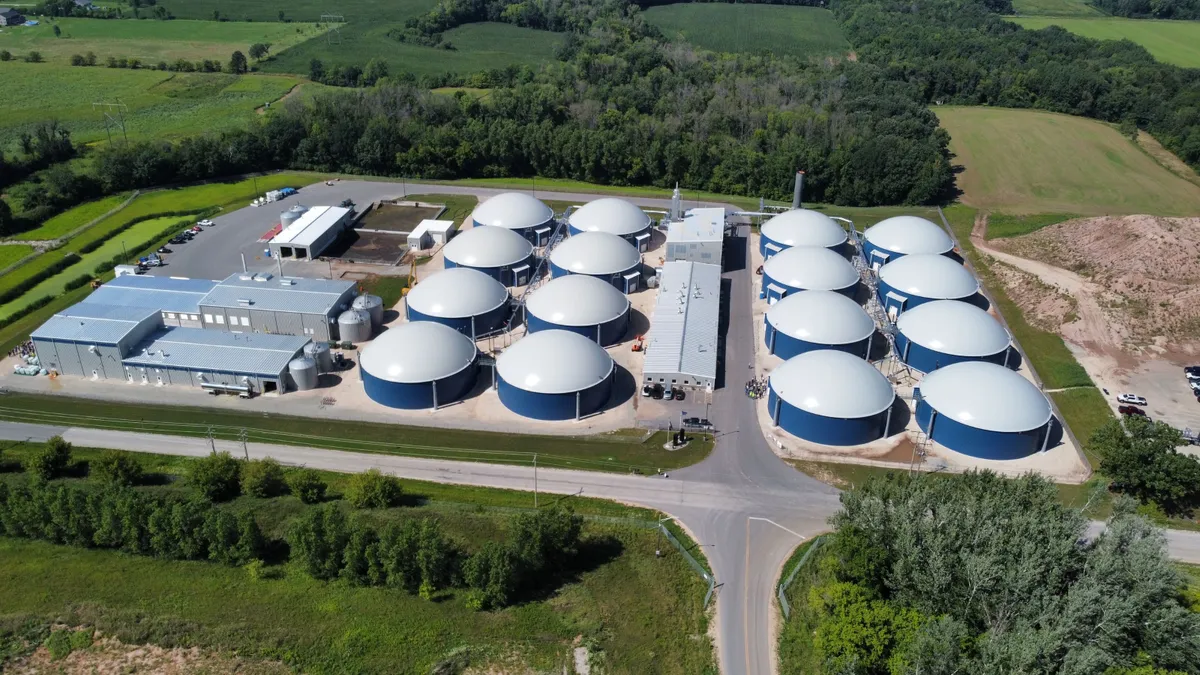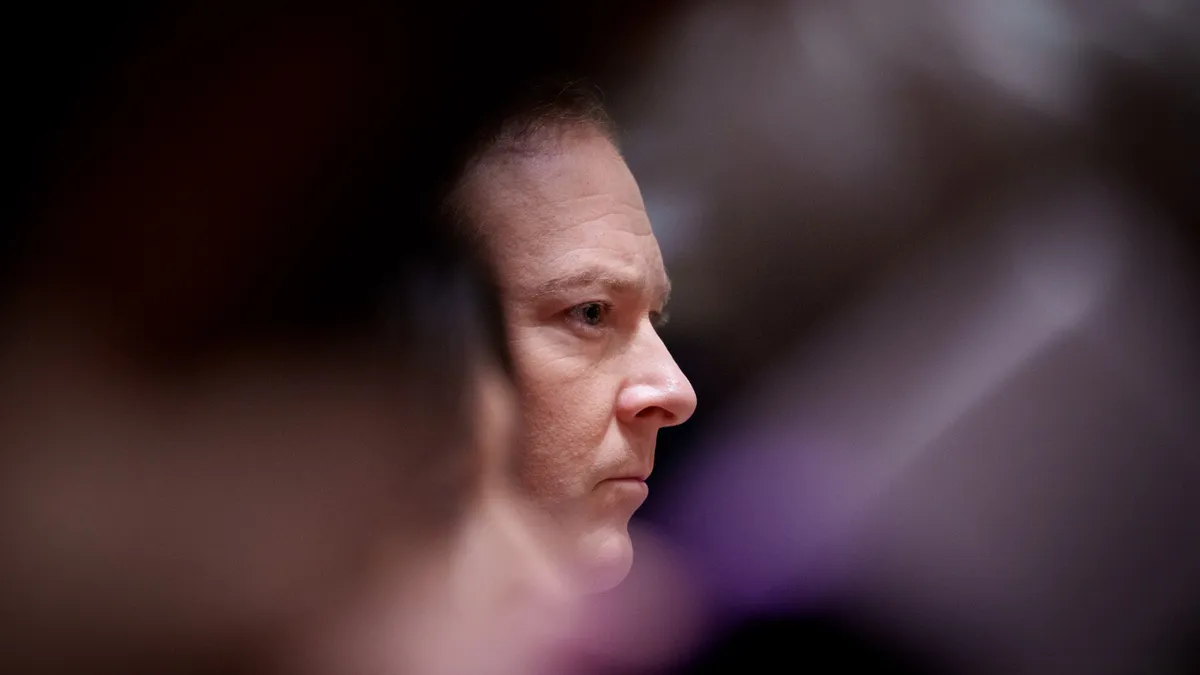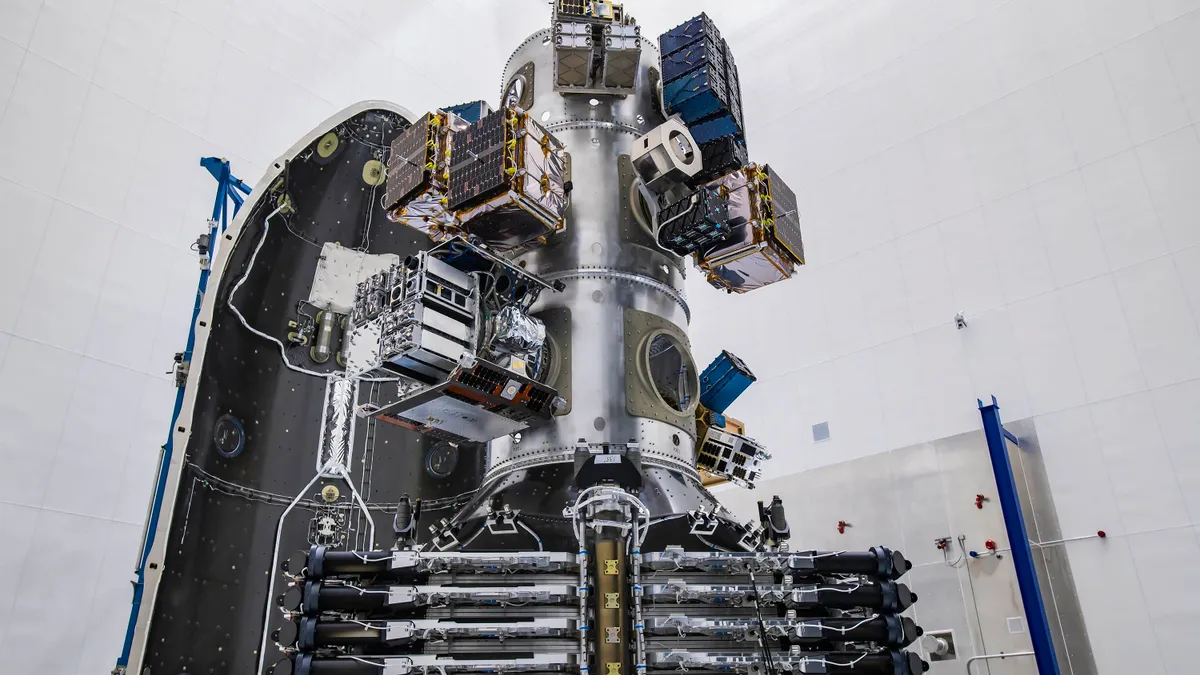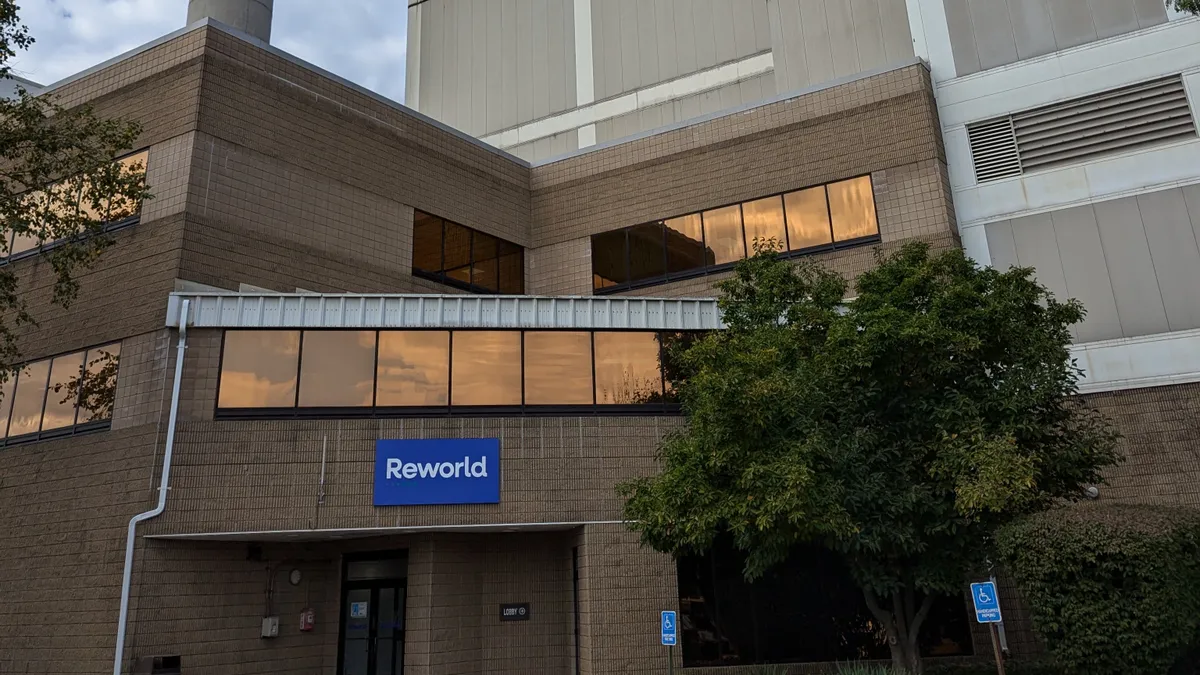Editor's Note: This story has been updated to include comment from Washington, DC Department of Public Works.
Even if a city can reach a "zero waste-to-landfill" goal, there will always be some waste left. Depending on whom you talk to, waste-to-energy facilities are either a part of that problem or a solution to it.
Despite ongoing growth in Asia and Europe, the U.S. has not seen the construction of a new greenfield waste-to-energy (WTE) thermal combustion facility in years. The ongoing trend toward high diversion rate goals among companies and cities is seen as a potential opportunity for the existing market to grow. Yet when it comes to seven major cities with more than half a million residents and high diversion or "zero waste" goals — New York, Washington, Seattle, San Francisco, Los Angeles, Dallas and Austin, TX — only one plans to utilize WTE in a significant way.
The case for energy recovery
In New York, where local landfill space is non-existent and export costs are increasing, the use of WTE is going up. According to the Department of Sanitation (DSNY), 24.9% of the city’s residential refuse is currently sent to combustion facilities. That number is expected to increase once a new marine transfer station opens and the city moves toward its goal of diverting 90% of waste from landfills by 2030.
"There are still elements of the waste stream that either cannot be recycled or cannot be reused. And so really the only opportunity you have is to create power with them," DSNY Commissioner Kathryn Garcia told Waste Dive at a recent event on the topic. "So we do think it's a component. The challenge is always the cost differential between landfilling and waste-to-energy facilities."
Covanta processes DSNY's waste at multiple facilities in the Northeast and will continue to do so for years under existing contracts. During a recent interview CEO Stephen Jones recognized that competing with low landfill costs can be difficult when it comes to municipal contracts, but said that it would be tough for cities to truly achieve "zero waste" without using WTE.
"There are just some things that are really difficult to recycle. Our view is you should at least recover the BTU content," said Jones. "You should get the BTU content and recover the energy from that waste that can't be recycled."
This idea follows the Environmental Protection Agency’s solid waste management hierarchy which lists energy recovery over disposal. A 2014 report from Columbia University’s Earth Engineering Center noted that at the time Connecticut, Maine, Massachusetts, Minnesota and New Hampshire were the closest to "attaining sustainable waste management" partially due to their use of WTE.
Wheelabrator Technologies cited this report in a response to questions about the role of WTE in cities and also noted the benefits of metal recovery in these facilities.
"Energy-from-waste (EfW) works in conjunction with, and has been proven to encourage greater levels of alternative materials management – be it source reduction and reuse, recycling, composting or energy recovery through alternative technologies," wrote Michelle Nadeau, senior manager of communications and public policy, in an emailed statement. "EfW should not be seen as a standalone component of a sustainable waste management infrastructure, nor does EfW lose its importance or value when alternative technologies are added into the infrastructure."
Nadeau highlighted areas in Florida and New York where Wheelabrator’s WTE facilities have complemented local programs with high diversion rates and noted that more communities seem to be looking for "integrated waste management solutions."
Zero waste with zero WTE?
When it comes to the six other major U.S. cities that are working toward high diversion goals, WTE will play a smaller role.
Washington's Department of Public Works (DPW) currently manages 43% of its waste — which does not include the entire city's waste — through WTE. The city set an 80% diversion goal in its Sustainable Solid Waste Management Amendment Act of 2014 which excludes WTE and landfills as options. However, this is expected to change.
"DPW fully expects both the percentage and tonnage of material sent for waste-to-energy to drop significantly in order to achieve this goal," said Nancee Lyons, DPW public affairs specialist, via email.
After Washington, the next closest "zero waste" city to use WTE is Los Angeles. According to the Los Angeles Bureau of Sanitation, about 3% of the waste it currently manages goes through WTE. That number is expected to increase as the city works to hit 95% diversion by 2035, though the city is more focused on reduction and recycling first.
San Francisco, which is often held up as the paragon of "zero waste" cities, processes less than 1% of its waste through WTE. This material is residual from one of the two composting facilities used by the city and that number is expected to decrease as operational efficiencies improve.
"Incineration is not the highest and best use of discarded resources, recovering only a small fraction of the embedded energy and less than if it was recycled," said Jack Macy, commercial zero waste senior coordinator for SF Environment, via email. "Highest and best use is a principle of our zero waste policy."
Austin Resource Recovery, Seattle Public Utilities and Dallas Sanitation Services all reported no use of WTE whatsoever and no immediate plans to pursue it. Austin noted that its definition of "zero waste" doesn’t include WTE. Dallas didn't rule out the possibility, but cited the low costs of local landfills and potential emissions concerns. Seattle was also open, though said that energy from hydroelectricity remains more cost-competitive in the Northwest.
Changing definitions along the way
These results are far from scientific. They involve many factors such as the cost of local tipping fees and energy, collection jurisdictions, local regulations and more. According to the Environmental Protection Agency (EPA), about 13% of municipal solid waste in the U.S. was processed via combustion in 2013 and the market remains an integral option in many regions.
Yet the fact that only one of the major U.S. cities with a "zero waste" goal is planning to get there by using WTE is notable.
Avoiding WTE options does line up with definitions set by the Zero Waste International Alliance (ZWIA) which is seen as the arbiter of the term’s true meaning. In its 2015 policy updates the organization took issue with the term "zero waste-to-landfill" and repeatedly noted that combustion is not seen as a preferred disposal method.
"The idea was that you don’t burn discards on your pursuit of zero waste," said Eric Lombardi, one of ZWIA’s founders and the current director of Eco-Cycle International. "There’s no culture shift required with burying and burning our trash."
Lombardi said that truly achieving zero waste is difficult and any city which can reach a 90% diversion rate through recycling without WTE will have done very well. His issues with combustion included high operating costs, the classification of biogenic carbon and the effects of nanoparticles, among others.
While this opinion is also shared by many of the major U.S. cities moving toward "zero waste," the National Waste & Recycling Association's (NWRA) policy director didn't think that was indicative of a larger trend.
"Waste-to-energy is a very legitimate way of managing waste. Is it contrary to zero waste?" asked Chaz Miller. "Not really, because there’s going to be waste for a very long time. We will need disposal facilities for a very long time."
As for why more of the major U.S. cities with “zero waste” goals are on the West Coast, both Lombardi and Miller chalked it up to easier access to Asian recycling markets more than anything else. Looking at municipalities on the East Coast or other parts of the country, Miller said it may be harder to pass new goals in the future without serious political momentum and questioned their efficacy.
"Goals are all very nice but you still have to ask yourself what work was done when they were set. Were they just set on pick a number out of the air or were they set on some analysis and the idea of where you could get?" he said.
In 2020, San Francisco will become one of the first cities to arrive at its target year and, at the moment, it looks like an uphill climb for the city to hit its goal by then. Other cities have a little more time, yet they will face similar challenges. Whether they’ll choose to use WTE along the way, or whether it will "count" if they do, are still very open questions.



